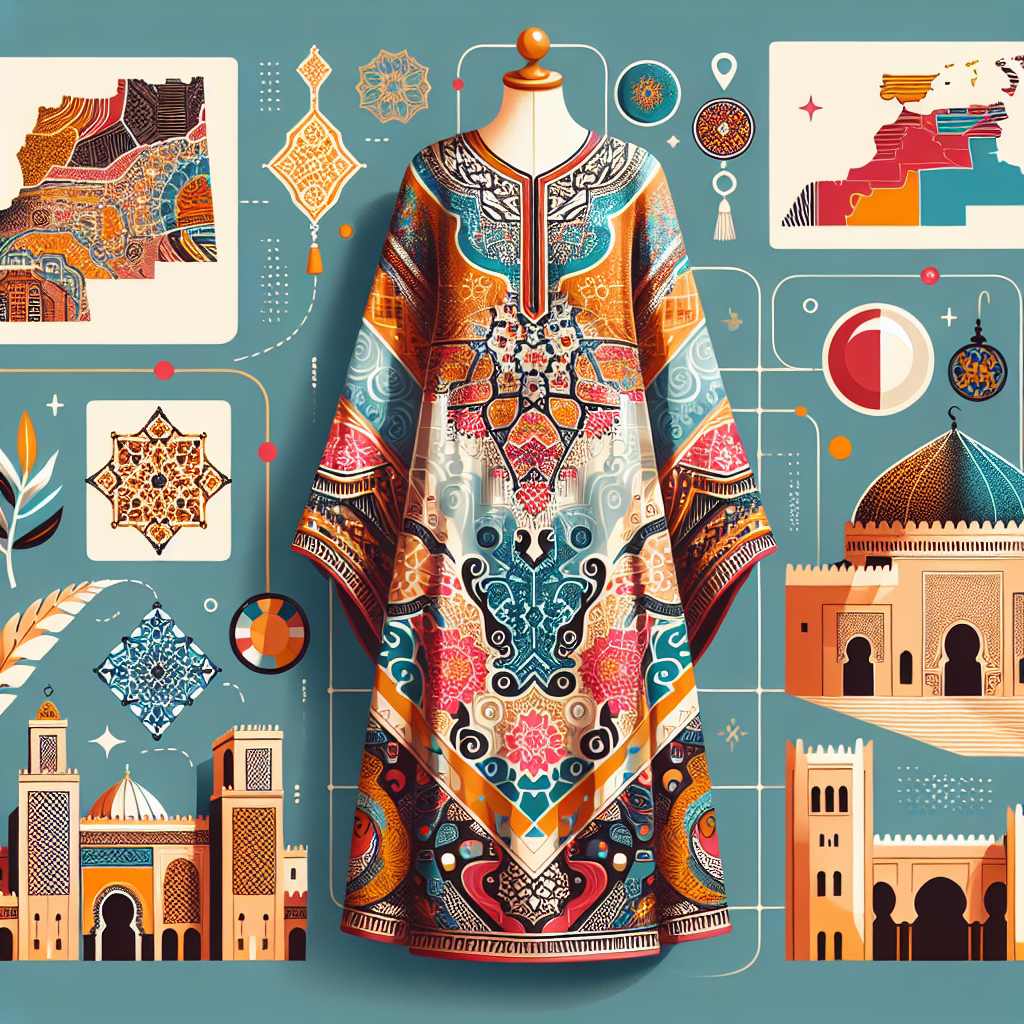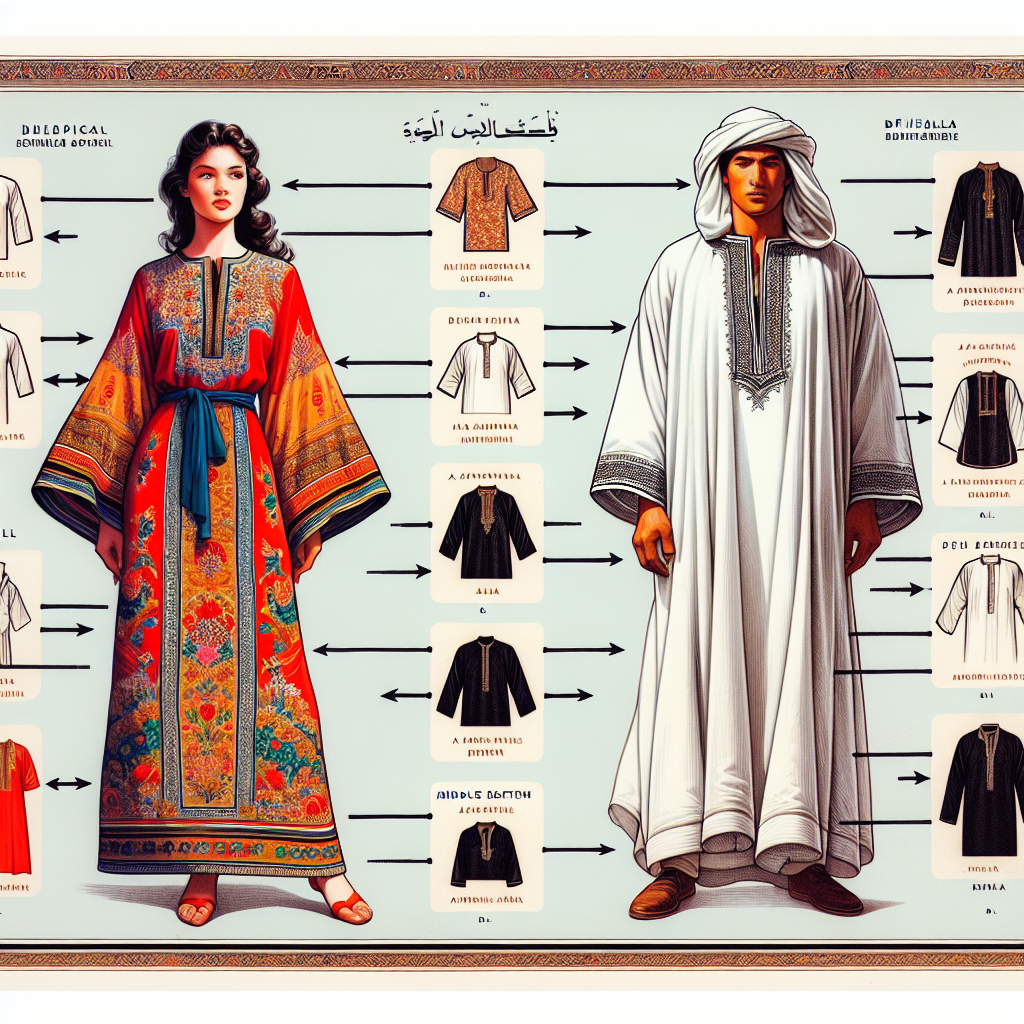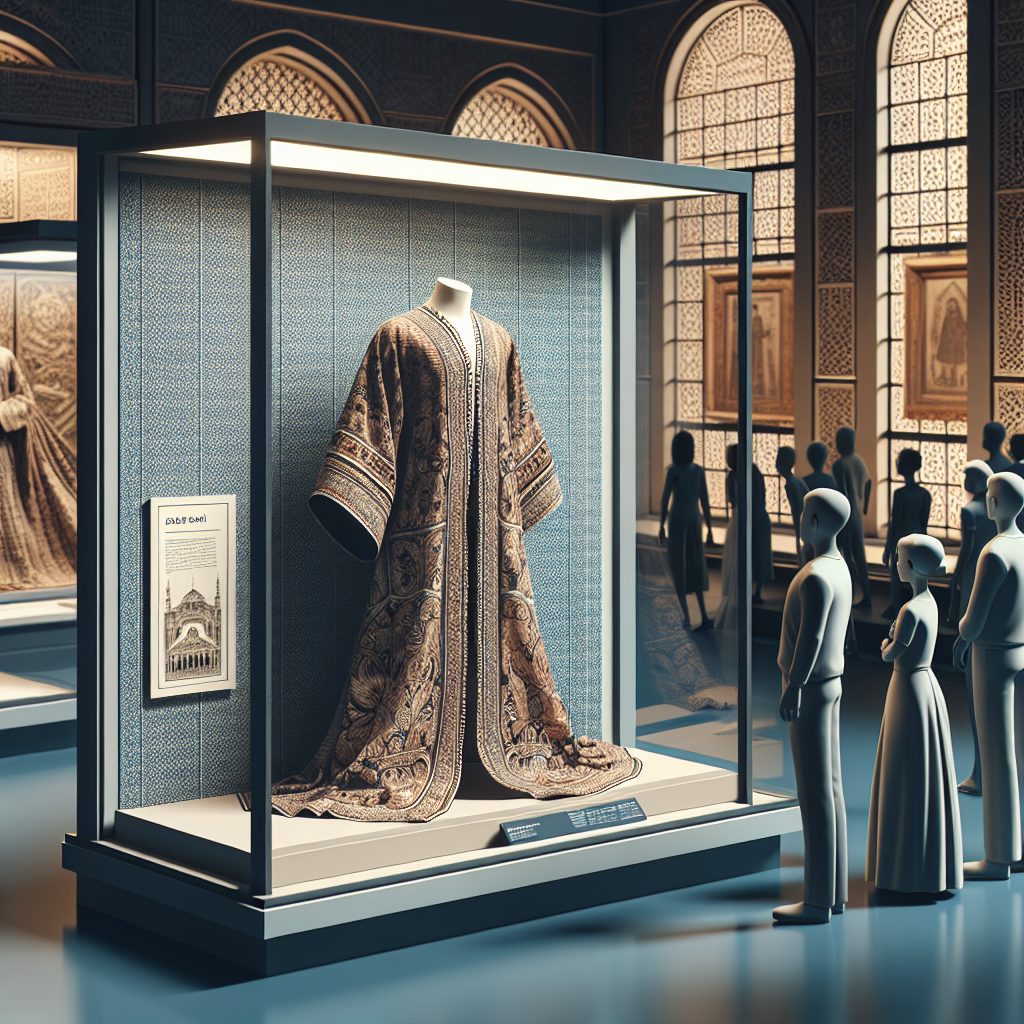
Is the caftan Moroccan?
The kaftan is much more than just a piece of clothing; it's an emblem of a rich and varied culture that continues to captivate the world. With its elegant designs and fascinating history, the kaftan both intrigues and amazes. But could it be that it's exclusively Moroccan? The question is worth asking: Is the kaftan Moroccan? Although it's often associated with Morocco, this incredible garment has actually traveled a long way across centuries and continents. In this article, we'll explore its origins, cultural significance, and modern evolution. With an engaging and entertaining look, we'll also delve into what makes the kaftan so special and timeless.
Before we get into the nitty-gritty, imagine yourself in a vibrant, colorful Moroccan souk, where an opulent caftan catches your eye among the stalls. Its delicate embroidery and sumptuous fabrics will inspire an irresistible desire to learn more about this enchanting garment. So, let's accompany it on its journey through time and culture to discover the secrets of "is the caftan Moroccan?"
But before that, why not discover our collection of Moroccan caftans and dive into this fascinating world?
The Origins of the Caftan
The Ancient History of the Caftan
The caftan was not born in Morocco, far from it. Its historical origins date back to antiquity. Traces of this garment have been found in civilizations as ancient as Persia, where it served as royal and noble attire. This ancient heritage is precisely what raises the question: Is the caftan Moroccan? Indeed, although it found refuge in Morocco, its roots extend far beyond its borders.
For history buffs, imagine a Persian ruler wearing a lavishly embroidered kaftan, standing proudly before his court. It's a scene that perfectly illustrates why this garment has endured over the centuries. Don't wait any longer to discover the key pieces in our Moroccan kaftan collection .
The arrival of the Caftan in Morocco
Over the centuries, the caftan traveled throughout the Ottoman Empire, where it gained significant popularity. In the medieval era, it found its way to the Maghreb, particularly Morocco, thanks to trade and cultural influences. It was there that it began to take root, marking the beginning of its cultural journey to North Africa.
Imagine a medieval Moroccan artisan incorporating his unique expertise into this already legendary garment, highlighting typical Moroccan motifs. The question "Is the caftan Moroccan?" finds a fascinating anecdote here. Discover all the new caftan trends in our collection.
The Caftan: From Tradition to Essential
It's only in recent decades that the caftan has truly begun to be associated almost exclusively with Morocco. Today, modernized caftans can be found on fashion catwalks, elegantly combining tradition and modernity. This unique blend contributes to the question: Is the caftan Moroccan?
Consider a Parisian fashion show, where a modern Moroccan caftan draws attention with its sophistication and vibrant heritage. This fusion reinforces its global status while remaining deeply rooted in Moroccan culture. Explore the pieces in our exceptional collection to experience this tradition.
The Elements that Make the Caftan Special
Materials Used
The choice of materials plays a crucial role in the caftan's personality. Fabrics like silk, satin, and velvet contribute to the opulence for which the caftan is so famous. This once again raises the question: Is the caftan Moroccan? While Moroccan style has its own distinctive features, it is the combination of these materials that gives it its universal splendor.
Consider the example of a meticulous tailor in Marrakech, carefully choosing each fabric to create a cozy yet sophisticated caftan. To verify the quality of our products, visit the Moroccan caftan collection .
Patterns and Decorations
The patterns of the caftan often faithfully reflect the various cultural influences it has absorbed over the years. Embroidery, beads, and gold thread are frequently used to decorate these remarkable garments. Each pattern further reinforces the crucial question: "Is the caftan Moroccan?"
Imagine a kaftan delicately embroidered with floral motifs, each thread telling a unique story. It's these details that make all the difference. Explore our beautiful embellished kaftans for more inspiration.
Craftsmanship and Know-How
Caftan making is an art in itself. Each piece requires hours of meticulous work by expert artisans. Their traditional craftsmanship ensures the preservation of this living heritage, which continues to pose a puzzle to fashion lovers: Is the caftan Moroccan?
To illustrate this, imagine a workshop in Fez, where each artisan carefully adds their personal touch to each caftan. You can see this touch of exclusive expertise in our handcrafted collection .
The Influence of the Caftan in the World
From Traditional Fashion to Haute Couture
The influence of the caftan extends far beyond its geographical origins. Adapted by designers around the world, it has become a true icon in the world of haute couture. The question remains, however: Is the caftan Moroccan?
Imagine a Parisian fashion designer, inspired by the caftan, incorporating this elegant garment into his collections on the world's catwalks. The caftan has earned a prominent place in the fashion world. Discover our exclusive pieces in our caftan collection .
Global Cultural Influence
Spread worldwide, the caftan has also been able to adapt to various cultures while retaining part of its original identity. This adaptability raises the question all the more: Is the caftan Moroccan?
Consider a New York-inspired kaftan, combining Moroccan and Western elements, a perfect example of a successful fusion. See this fusion for yourself by visiting our contemporary collection .
A Bridge between Cultures
Ultimately, the caftan acts as a true bridge between cultures. Adored and revisited by fashion enthusiasts around the world, it celebrates diversity and cultural heritage. This brings back the question: "Is the caftan Moroccan?" This garment symbolizes diversity while having its own historical roots.
A renowned designer recently defined it as the perfect synthesis of tradition and modernity, reinforcing its unique status in the fashion world. Browse our collection of caftans to experience this extraordinary cultural connection.



Leave a comment
This site is protected by hCaptcha and the hCaptcha Privacy Policy and Terms of Service apply.